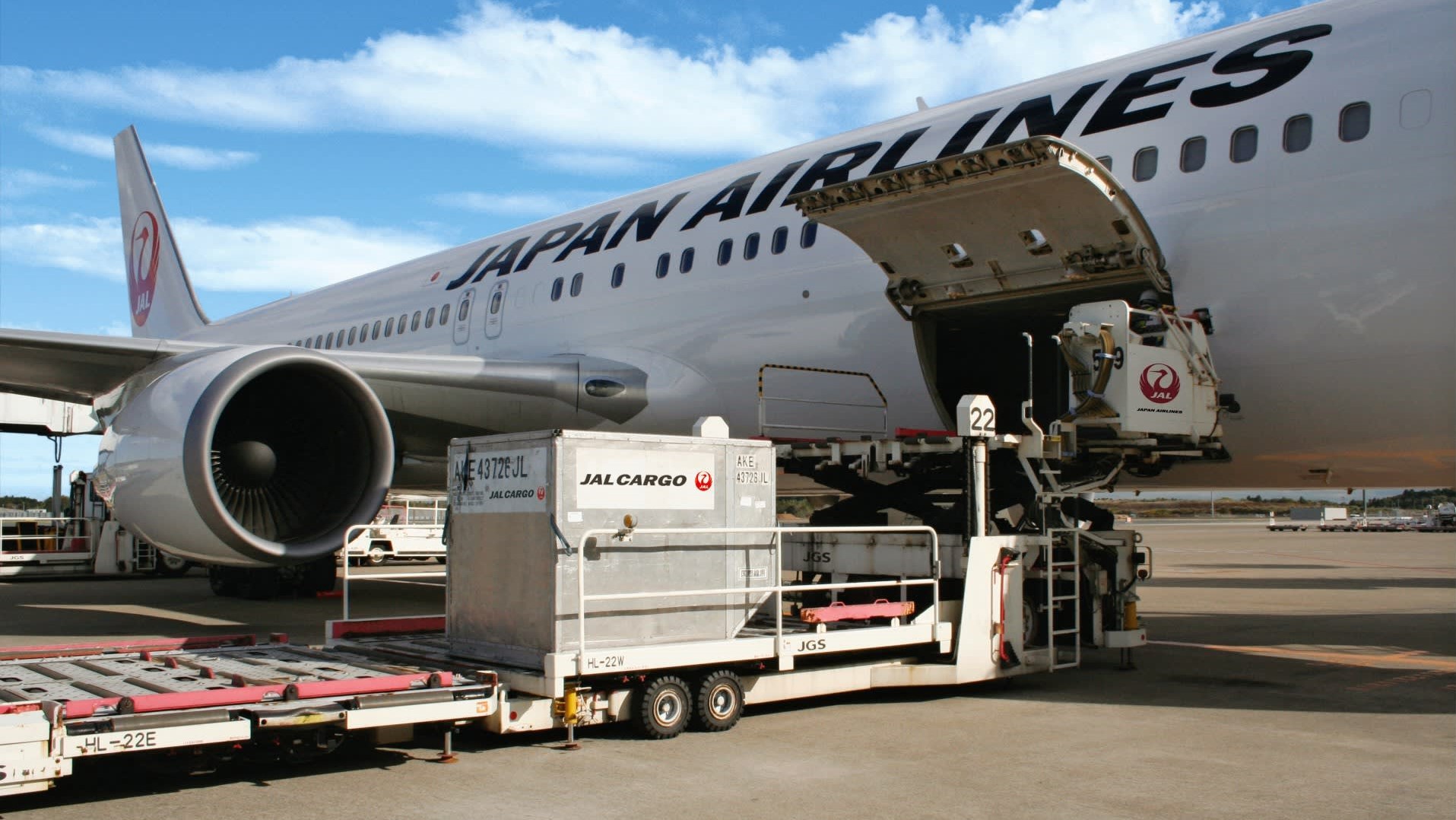Air cargo demand remains weak according to AAPA
As we begin to pull away from the January/February time frame that is usually skewed by the effects of Chinese Lunar New Year, the preliminary March cargo figures from the Association of Asia-Pacific Airlines (AAPA) remain depressed, though slightly improved compared to January and February, falling by 3.2% compared to the same month in 2018.
The March figure of 6.367 billion freight tonne kilometers (FTKs) represents the fifth consecutive month of declines in air cargo, as reported by AAPA members, in what the association described as a “backdrop of continued weakness in trade activity” and a “corresponding fall in new business orders affecting air cargo shipments.” For the year-to-date (January through March), AAPA reported an even steeper 5.6% decline, year-over-year.
Growing impact of e-commerce cargo could flatten the growth figures
Available freight capacity, meanwhile, increased by 1.1%, for the moth, leading to a 2.8 percentage-point drop in the average international freight load factor, which now stands at 62.4%.
The performance reflects “cautious market sentiment linked to unresolved trade tensions, particularly between the United States and China,” said Andrew Herdman, director general of AAPA. However, he still held out some hope for a turnaround: “The ongoing shift towards air cargo for e-commerce shipments of consumer goods should provide some level of support to air cargo demand,” in spite of the weak trade conditions.
Increase of labour and fuel costs remains critical
Herdman also added a note caution for carriers’ overall performance. “Having faced increasing headwinds to operating conditions, many of the region’s carriers saw a deterioration in earnings performance last year,” he said. “Higher fuel and labour costs led to a squeeze in margins, despite continued growth in demand and some improvements to airline yields. Overall, Asia-Pacific carriers continue to respond to an intensely competitive marketplace.”







